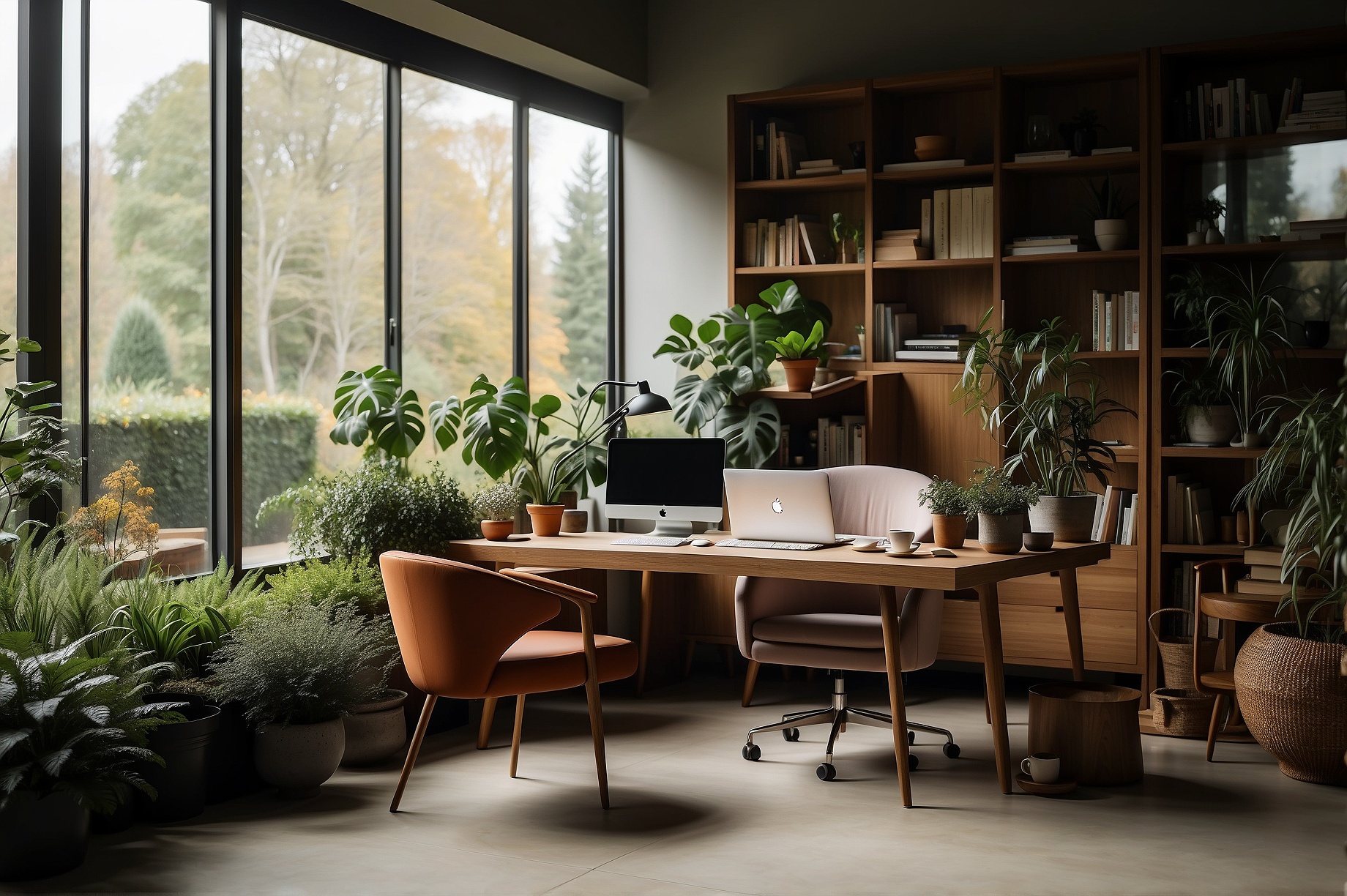Imagine having a tranquil and inspiring workspace, just steps away from your doorstep. With a garden office, you can create the perfect environment for creativity and productivity, all within the comfort of your own backyard. Whether you’re a freelancer, entrepreneur, or someone looking for a peaceful escape, designing your garden office space can be a game-changer. In this article, we’ll explore practical tips and innovative ideas to help you transform your garden into a productive and inviting workspace. Get ready to redefine how and where you work!
This post may contain affiliate links, which means if you make a purchase from any of these links, we do make a small commission at no cost to you.
Choosing the Right Location
Considering Privacy
When choosing the location for your garden office, privacy is an important factor to consider. You want a space where you can work undisturbed and feel comfortable. Look for an area in your garden that is not easily visible from the street or neighboring properties. Consider the placement of fences, trees, or shrubs that can provide privacy and create a secluded environment for your office.
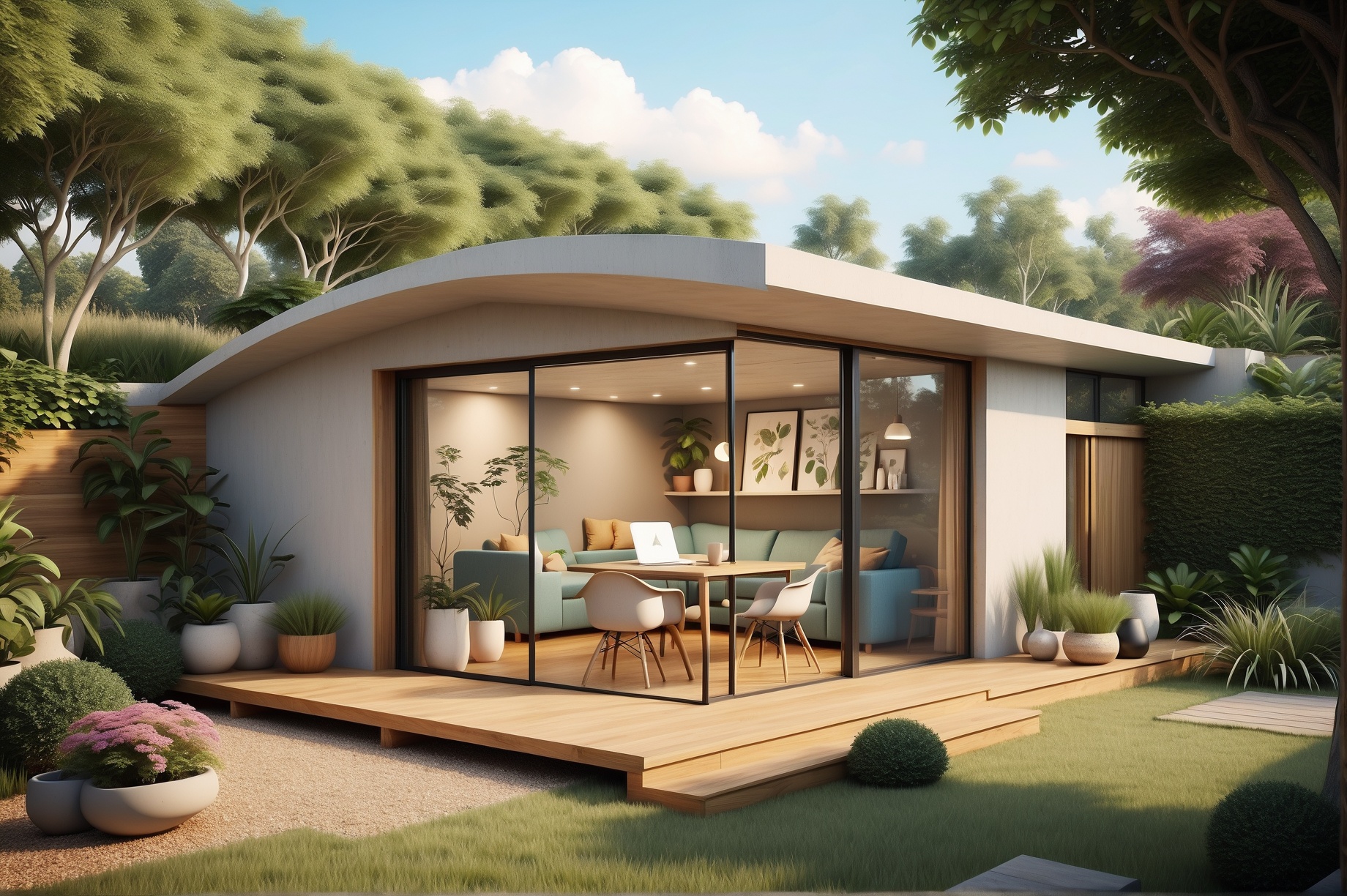
Assessing Sunlight and Shade
Another crucial aspect to consider is the amount of sunlight and shade available in the chosen location. Natural light is essential for creating a productive and healthy work environment. Look for a spot that receives ample sunlight throughout the day, as this will not only provide a pleasant atmosphere but also help reduce the need for artificial lighting. Additionally, consider the potential glare that direct sunlight may cause on your computer screen and position your office accordingly.
Evaluating Noise Levels
Noise levels can significantly impact your concentration and ability to work effectively. Assess the noise levels in your garden and consider potential sources of disturbances such as traffic, neighbors, or nearby construction sites. Choose a location that is as far away from these noise sources as possible. If noise cannot be completely avoided, consider incorporating noise reduction strategies into your office design, such as soundproofing materials or white noise machines.
Determining the Size and Layout
Planning for Sufficient Space
In order to create a comfortable and functional garden office, it’s important to plan for sufficient space. Consider the size of your desk, chair, and any additional equipment or furniture you may need. Leave room for movement and ensure there is enough space to store your work essentials. A clutter-free and spacious environment will help you stay organized and focused throughout the day.
Considering Accessibility
Accessibility is another important factor to consider when determining the size and layout of your garden office. Ensure that the entrance to your office is easily accessible and free of any obstacles. Pathways leading to your office should be smooth and wide enough to accommodate any necessary equipment, such as a mobile chair or wheelchair. Design your office with accessibility in mind to create a space that is inclusive and welcoming.
Creating Functional Zones
When designing your garden office, it’s beneficial to create functional zones within the space. Consider the different activities you will be engaging in and designate specific areas for each task. For example, have a dedicated zone for computer work, a reading area, and a relaxation space. Creating functional zones will help you stay organized and can enhance your overall productivity by providing designated spaces for each aspect of your work.
Selecting the Building Material
Exploring Different Material Options
When selecting the building material for your garden office, take the time to explore different options and consider their pros and cons. Some popular choices include wood, metal, and prefabricated materials. Wood is a versatile and natural option that blends well with garden surroundings. Metal offers durability and a sleek modern look. Prefabricated materials can provide a quick and cost-effective solution. Research the benefits and drawbacks of each material to make an informed decision that suits your needs and preferences.
Considering Durability and Maintenance
Durability and maintenance are key considerations when selecting the building material for your garden office. You want a material that can withstand the elements and require minimal upkeep. Consider the climate in your area and choose a material that is resistant to moisture, pests, and deterioration. Additionally, think about the maintenance requirements of each material. Some materials may require regular painting or sealing, while others may be more low maintenance.
Evaluating Aesthetics and Costs
The aesthetics and cost of the building material also play a significant role in the selection process. Think about the overall look you want to achieve for your garden office, whether it’s a rustic, contemporary, or minimalist style. Choose a material that aligns with your vision and complements the existing elements in your garden. Additionally, consider your budget and compare the costs of different materials. Keep in mind that while some materials may be more affordable initially, they may require more maintenance or have a shorter lifespan, resulting in higher long-term costs.
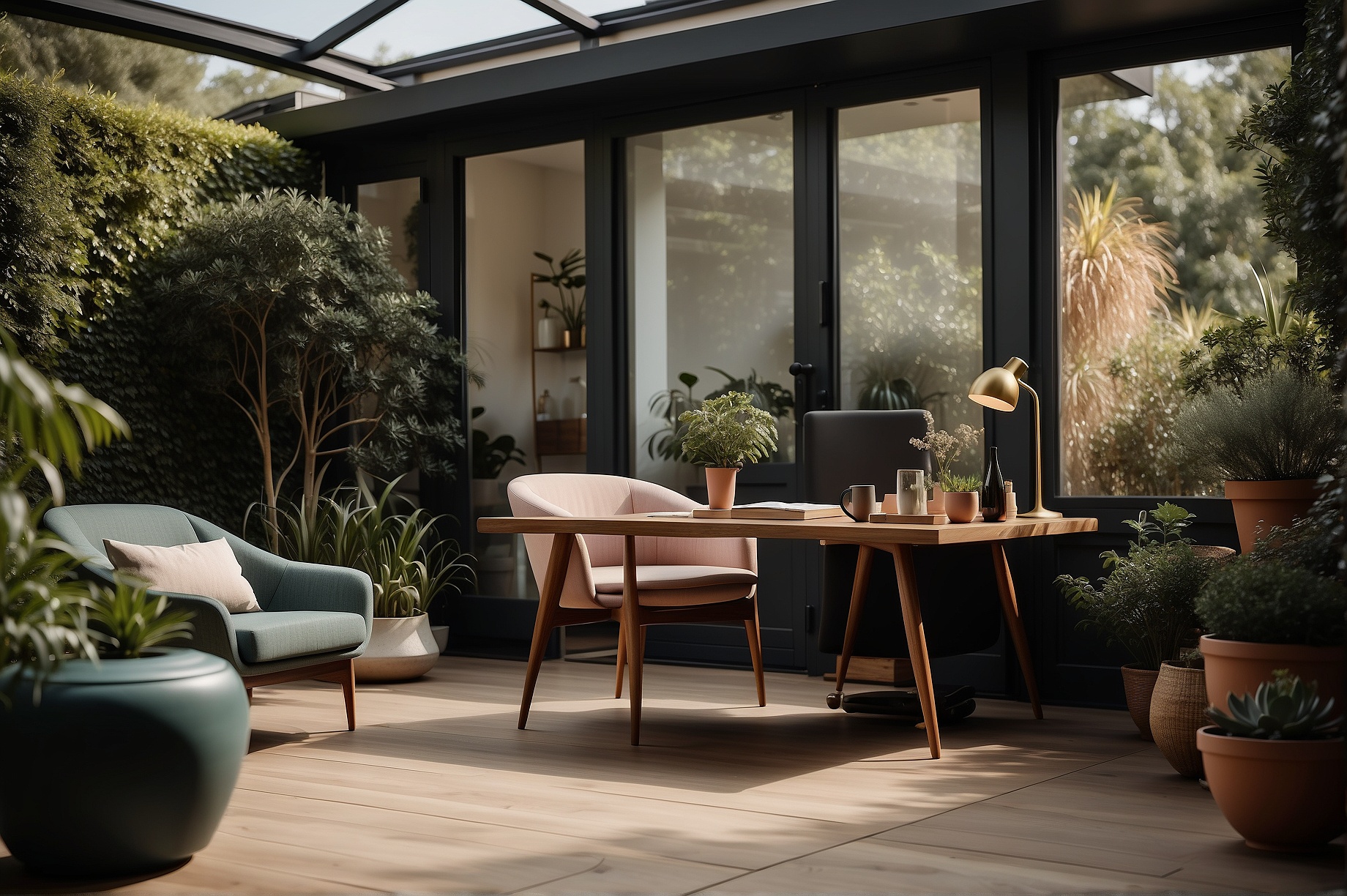
Designing for Natural Light
Maximizing Windows and Skylights
Designing your garden office to maximize natural light can create a bright and uplifting work environment. One way to achieve this is by incorporating ample windows and skylights into your office design. Position your desk and work area near windows to benefit from natural light throughout the day. Skylights can also be installed in the roof of your garden office to bring in additional sunlight, creating a natural and visually appealing workspace.
Integrating Glass Walls
For those who want to immerse themselves completely in the surrounding garden, integrating glass walls into your garden office design can be a great option. Glass walls allow for unobstructed views and create a seamless connection between indoor and outdoor spaces. The transparency of the glass also maximizes the amount of natural light that enters your office, resulting in a vibrant and inviting atmosphere.
Enhancing Light Reflection
In addition to maximizing the amount of natural light entering your garden office, consider ways to enhance light reflection within the space. Use light-colored paint on the walls and ceilings to reflect light and create a brighter ambiance. Incorporate mirrors strategically throughout the office to further amplify the natural light. By enhancing light reflection, you can create a well-lit and inviting environment that positively impacts your mood and productivity.
Ensuring Proper Ventilation and Air Circulation
Installing Ventilation Systems
Proper ventilation is essential to create a healthy and comfortable work environment. Depending on the climate in your area, you may need to install ventilation systems in your garden office to ensure adequate airflow. This can include ventilation fans or air conditioning units to regulate temperature and remove stale air. Proper ventilation helps prevent moisture build-up, which can lead to mold or musty odors, and promotes a fresh and invigorating atmosphere.
Incorporating Windows and Doors
In addition to ventilation systems, incorporating windows and doors into your garden office design is crucial for airflow and air circulation. Windows can be opened to allow fresh air to enter the space, while doors provide an additional opportunity for cross ventilation. Consider the placement of windows and doors to maximize airflow and create a comfortable and well-ventilated workspace.
Using Fans and Air Purifiers
To maximize comfort and air quality in your garden office, consider using fans or air purifiers. Fans can provide a gentle breeze and aid in air circulation, especially during warmer months. Air purifiers help remove allergens, pollutants, and odors from the air, creating a healthier environment. By utilizing these tools, you can ensure proper ventilation and air circulation within your garden office, contributing to a more productive and enjoyable work experience.
Optimizing Storage Solutions
Considering Built-in Cabinetry and Shelving
Proper storage solutions are essential for maintaining an organized and clutter-free garden office. Consider utilizing built-in cabinetry and shelving to optimize your storage space. Built-in options provide a seamless and customized look, while also maximizing the available area. Evaluate your storage needs, such as for books, files, or equipment, and plan the cabinetry and shelving accordingly.
Utilizing Wall Space
Make the most of your garden office space by utilizing the wall space for storage. Install wall-mounted shelves, pegboards, or magnetic boards to keep frequently used items within reach and neatly organized. This will help free up valuable desk space and maintain an efficient and tidy workspace. Consider the weight capacity and sturdiness of the wall-mounted solutions to ensure they can support your storage needs.
Incorporating Storage Containers
In addition to cabinetry and shelving, incorporating storage containers into your garden office design can further optimize your storage solutions. Use labeled boxes, baskets, or drawers to store smaller items or keep documents and supplies organized. Consider stackable containers to maximize vertical space. By incorporating storage containers, you can create a visually appealing and functional workspace that supports your organizational needs.
Choosing Suitable Furniture and Equipment
Determining the Right Desk and Chairs
Selecting suitable furniture is crucial for creating a comfortable and ergonomic garden office. Start with choosing the right desk and chairs that support your work style and promote good posture. Look for adjustable desks that allow you to switch between sitting and standing positions for improved circulation. Ergonomic chairs with proper lumbar support and adjustable height can help prevent strain and promote a healthy posture during long working hours.
Selecting Ergonomic Accessories
In addition to desk and chairs, consider incorporating ergonomic accessories to enhance your comfort and productivity. This can include keyboard trays, monitor stands, footrests, or wrist rests. Each accessory is designed to provide support and promote proper alignment of your body while working. Investing in ergonomic accessories will help reduce the risk of strain or injury and create a more pleasant and productive work environment.
Incorporating Necessary Equipment
Consider the specific equipment you will need to perform your work tasks and ensure your garden office is properly equipped. This may include a computer or laptop, printer, scanner, or any other specialized equipment. Plan the layout and organization of your garden office to accommodate the equipment and ensure easy accessibility. Make sure to provide sufficient power outlets and consider cable management solutions to keep cords organized and prevent hazards.
Creating a Productive Work Environment
Evaluating Noise Reduction Strategies
Noise can be a significant distraction when working from home. Evaluate noise reduction strategies to create a peaceful and productive work environment in your garden office. This can include using soundproofing materials, such as acoustic panels or insulation, to minimize noise from outside sources. Additionally, consider implementing white noise machines or playing soft instrumental music to mask any background noise and promote focus.
Designing for Comfort
Comfort is key to maintaining productivity and overall well-being. Design your garden office with comfort in mind by selecting ergonomic furniture, adjusting the lighting to reduce strain on your eyes, and maintaining a suitable temperature. Incorporate comfortable seating options, such as cushions or supportive chairs, and consider adding rugs or carpeting for added coziness. Prioritizing comfort in your office design will contribute to a positive and productive work environment.
Considering Workstation Configuration
The configuration of your workstation can greatly impact your productivity and efficiency. Consider the layout and placement of your desk, computer, and other essential tools to create an optimal workstation configuration. Ensure that everything is within easy reach and that the organization of your office supports a streamlined workflow. By carefully designing your workstation, you can eliminate unnecessary movements and distractions, leading to improved focus and productivity.
Embracing Nature and Greenery
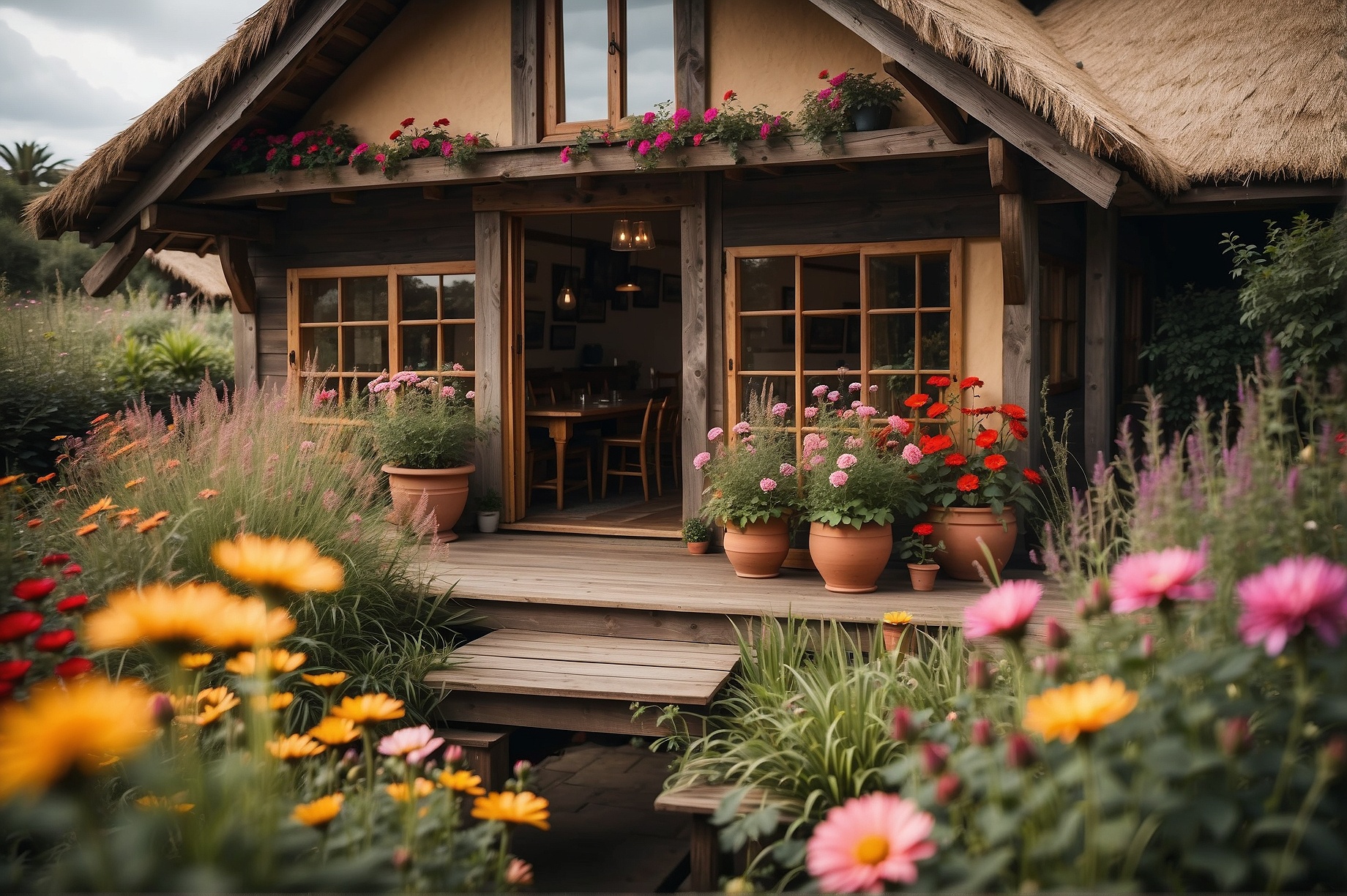
Incorporating Indoor Plants
Bringing nature indoors can greatly enhance the ambiance and well-being in your garden office. Consider incorporating indoor plants into your workspace design. Plants not only add visual appeal and a sense of tranquility but also help improve indoor air quality and reduce stress. Choose plants that thrive in indoor environments and require minimal maintenance, such as succulents or pothos. Position them strategically around your office to create a calming and inviting atmosphere.
Creating a Garden View
Take advantage of the beautiful surroundings in your garden by designing your garden office to have a view of nature. Position your desk or seating area near a window that overlooks a garden, trees, or any other pleasant scenery. The view of nature can enhance your mood, reduce stress, and provide inspiration throughout the workday. Incorporating a garden view in your office design creates a connection with the outdoors, promoting a sense of calm and creativity.
Designing Outdoor Seating Area
In addition to the indoor workspace, consider designing an outdoor seating area as an extension of your garden office. This area can serve as a place to take breaks, recharge, or have meetings. Create a comfortable seating arrangement with chairs or benches and incorporate shade options, such as a pergola or umbrella, to provide relief from direct sunlight. The outdoor seating area allows you to enjoy the fresh air and natural surroundings during your work breaks, contributing to a balanced and enjoyable work experience.
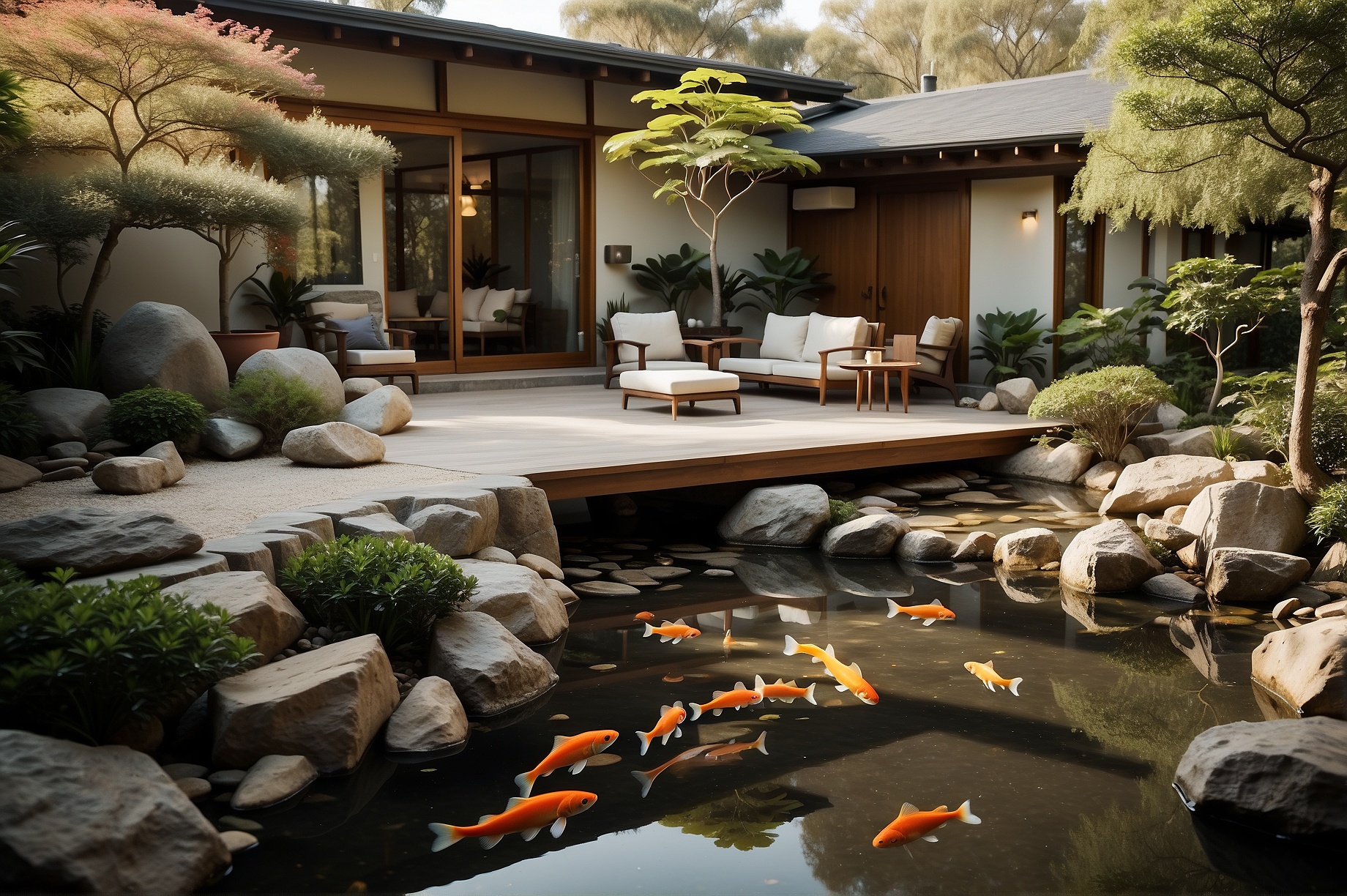
Adding Personal Touches and Decor
Choosing a Color Scheme
The color scheme of your garden office can greatly impact the overall aesthetics and mood of the space. Choose colors that promote focus, calmness, and creativity. Consider incorporating neutral tones with pops of vibrant colors to add energy and personality. Blue is often associated with productivity, green with relaxation, and yellow with creativity. Experiment with different color combinations to find the one that resonates with you and creates the desired atmosphere in your garden office.
Integrating Art and Decoration
Personalize your garden office by integrating art and decoration that reflects your interests and inspires you. Hang artwork or photographs that evoke positive emotions or have personal significance. Incorporate decorative items, such as plants, sculptures, or motivational quotes, that enhance the visual appeal of your office and create a welcoming atmosphere. By adding personal touches and decoration, you can make your garden office a unique and inspiring space that reflects your individuality.
Optimizing Acoustics
In addition to decoration, consider optimizing the acoustics in your garden office to create an environment that is conducive to concentration and productivity. Acoustic panels or wall coverings can help absorb sound and minimize echo, creating a quieter and more comfortable space. Additionally, incorporating rugs, curtains, or upholstered furniture can help reduce noise reflections and create a softer ambiance. By prioritizing good acoustics, you can enhance the overall atmosphere and functionality of your garden office.
Designing a garden office requires thoughtful consideration of various factors to create a space that supports your productivity, comfort, and well-being. By choosing the right location, determining the size and layout, selecting suitable building materials, and designing for natural light, ventilation, and storage, you can create a garden office that perfectly suits your needs. By incorporating ergonomic furniture, designing for comfort, and adding personal touches and elements of nature, you can create a productive and enjoyable work environment. So go ahead, embark on your garden office journey and create a space that inspires and enables you to thrive in your work.

